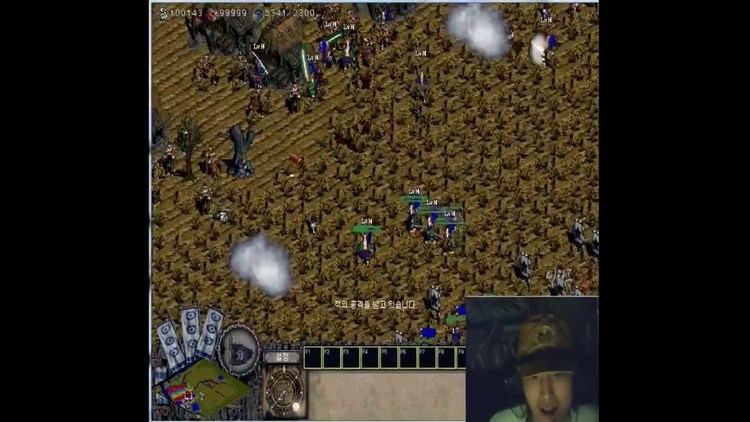Unknown 3,000—100,000 Result Decisive Japanese victory | Date 28 April 1592 | |
 | ||
First Division (ca. 18,700 men) 100,0008000060000tens of thousands of menmore than 50,00060000~700008,000-16,000 Similar Japanese invasions of Korea, Siege of Dongnae, Siege of Busanjin, Siege of Haengju, Battle of Byeokjegwan | ||
The Battle of Chungju or the Battle of Tangeumdae was the last battle of the Chungju Campaign fought between the Koreans and Japanese during the Japanese Invasion of Korea in 1592. Chungju is located just south of the Han River and Seoul, Korea's capital. The failure to defend it led to the capture of the capital weeks later.
Contents
Battle of chungju
Chungju Battle
This story is an excerpt from The Annals of the Joseon Dynasty.
After having lost Busan, the Court in Hanseong (present-day Seoul) placed their hopes in a prominent general, Sin Rip, who had earned much recognition for his successes against the Jurchens in the North. The Korean King gave a sword to Sin Rip and power to command. He then recruited the Royal Guards and many expert archers.
Although Shin Rip was a notable general, he failed to protect Mungyeong Saejae mountain pass in a military blunder and retreated to Chungju castle where he believed he could stop the Japanese. When Shin Rip learned of the Japanese approach, he decided to meet the Japanese out on the flat plains near Chungju. Since much of his men were composed of cavalry, Shin Rip wanted a field battle where he could take advantage of the forces at his command.
Shin Rip lined up his cavalry division along the river in the classic Chinese strategy known as baesujin (Hangul: 배수진; Hanja: 背水陣). Although fighting on a flat plain seemed a reasonable strategy, the various vegetation that grew there at the time actually hindered mounted troop movements. Furthermore, the limited weaponry impeded the Korean cavalry; given that their main weapon was the Korean composite bow and considering that the Japanese employed a considerable number of pikemen, the Korean cavalry might have had great difficulty charging the Japanese.
On April 27, a Korean scout spotted the Japanese but was killed by General Shin Rip, who did not believe that the enemy was near. In the meantime, Japanese General Konishi Yukinaga, who was staying in Sangju, found the Korean strategy and drew up plans to attack in secret.
On April 28, Yukinaga attacked Chungju unexpectedly, assaulting the castle there while Japanese troops situated along the river and in the mountains ambushed the Korean forces. A fire was ignited in the town of Chungju, killing many, and the castle was lost as Korean cavalry made a stand. The Koreans were defeated and while Shin Rip escaped, he later committed suicide by throwing himself in a nearby river. The Japanese killed 3,000 Koreans and took Chungju with minimal losses.
Luis Frois, who was not present at the battle, described it in his records, drawing off of contemporary sources. In his writings, Konishi Yukinaga defeated 80,000 Korean cavalry and an ax-wielding knight, but the veracity of this claim is uncertain.
Aftermath
A messenger brought the news quickly to King Seonjo. The loss at the Battle of Chungju left no hope for him, and his entire family and court took flight to Pyongyang, where he hoped the remaining garrison could delay the capture of the capital of Hanseong (Seoul).
